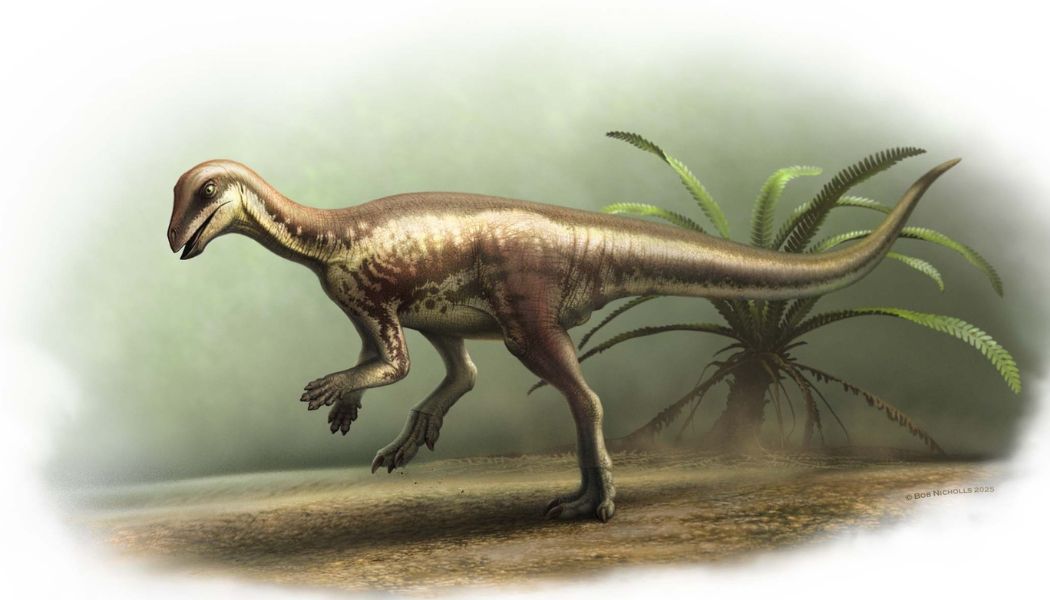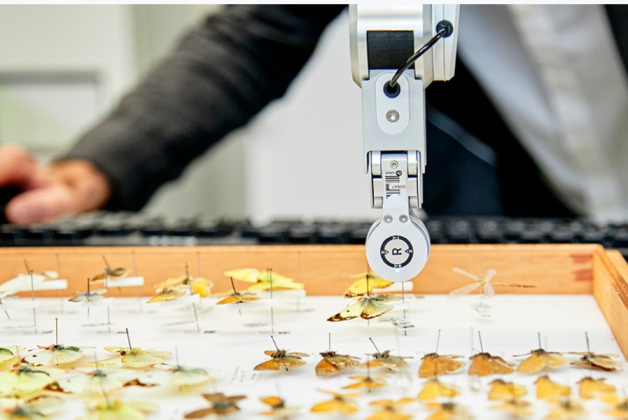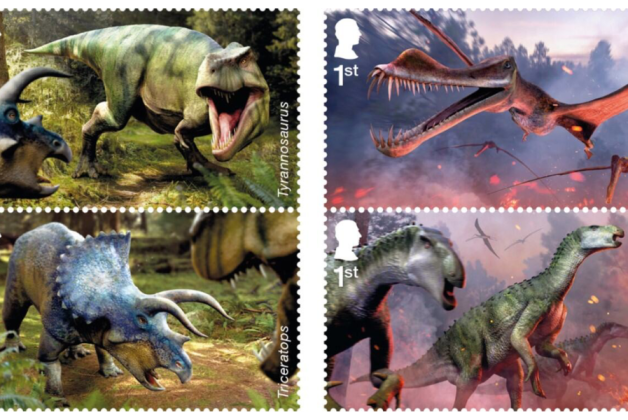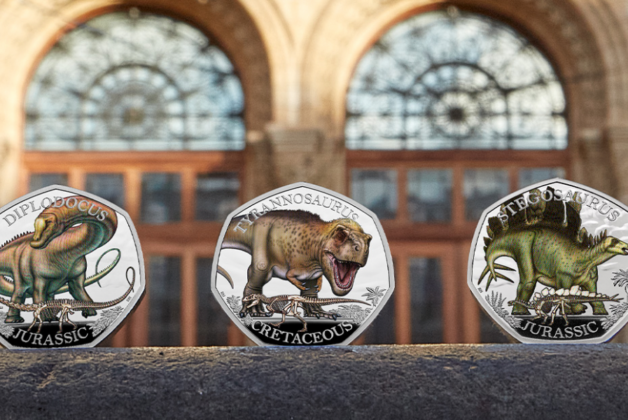Natural History Museum displays newly named small dinosaur in permanent Earth Hall exhibition.
The Natural History Museum has acquired and put on permanent display a newly identified dinosaur species from North America’s Morrison Formation. The small herbivorous dinosaur, named Enigmacursor mollyborthwickae, is now exhibited in the museum’s Earth Hall following research published in Royal Society Open Science.
The specimen represents the most complete named example of its kind and addresses a gap in collections focusing on smaller dinosaurs from the Morrison Formation, which has traditionally concentrated on larger species such as Allosaurus and Stegosaurus.
It was discovered by a commercial quarry and acquired through the David Aaron Gallery. The museum has created 3D scans to facilitate research access for institutions worldwide. The mounted skeleton is displayed in a running pose.
Professor Susannah Maidment, one of the museum’s dinosaur experts and co-lead author of the research, highlighted the acquisition’s significance.
“While the Morrison Formation has been well-known for a long time, most of the focus has been on searching for the biggest and most impressive dinosaurs,” Susannah says. “Smaller dinosaurs are often left behind, meaning there are probably many still in the ground,” Professor Maidment said.
“Smaller dinosaurs are often left behind, meaning there are probably many still in the ground.”
Co-lead author Professor Paul Barrett noted uncertainty about the specimen’s age. “We can speculate that Enigmacursor probably wasn’t that old, as it doesn’t seem to have many of its neural arches fused in place. However, the way the fossil was prepared before it was acquired by the Natural History Museum has obscured some of these details, so we can’t be certain.”
Professor Maidment emphasised implications for future discoveries. “Enigmacursor shows that there’s still plenty to discover in even this well-studied region, and highlights just how important it is to not take historic assumptions about dinosaurs at face value.”





